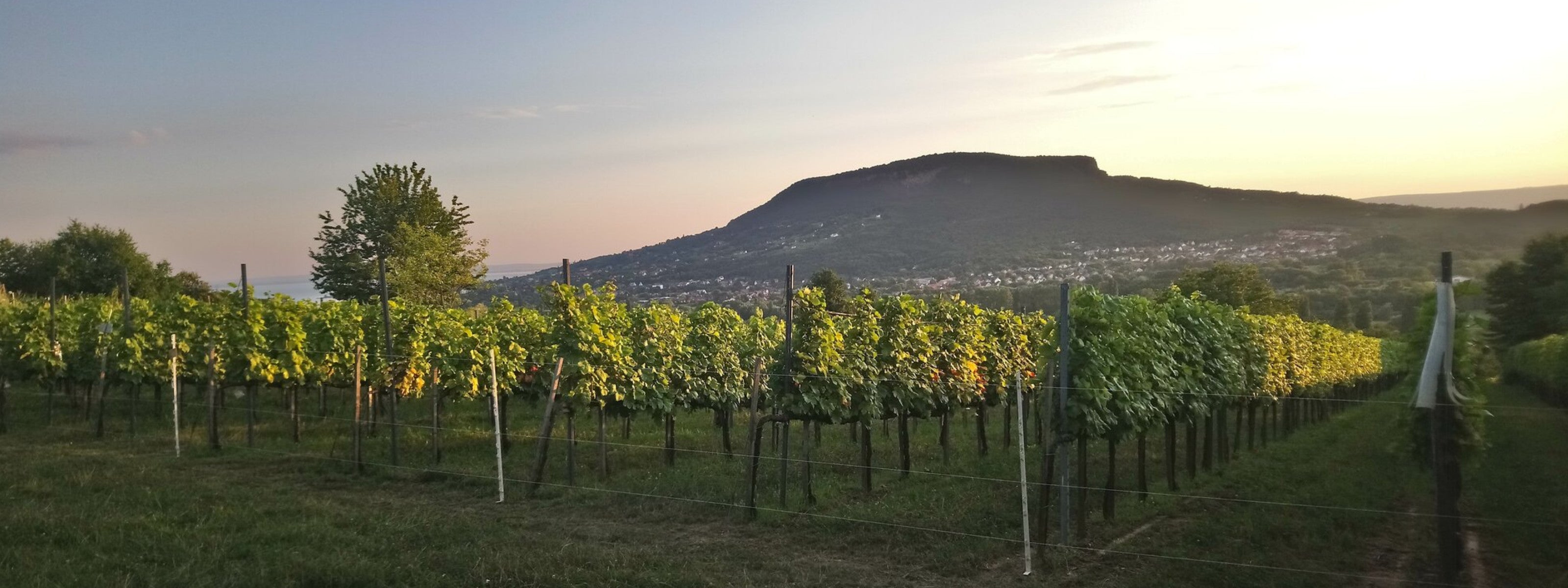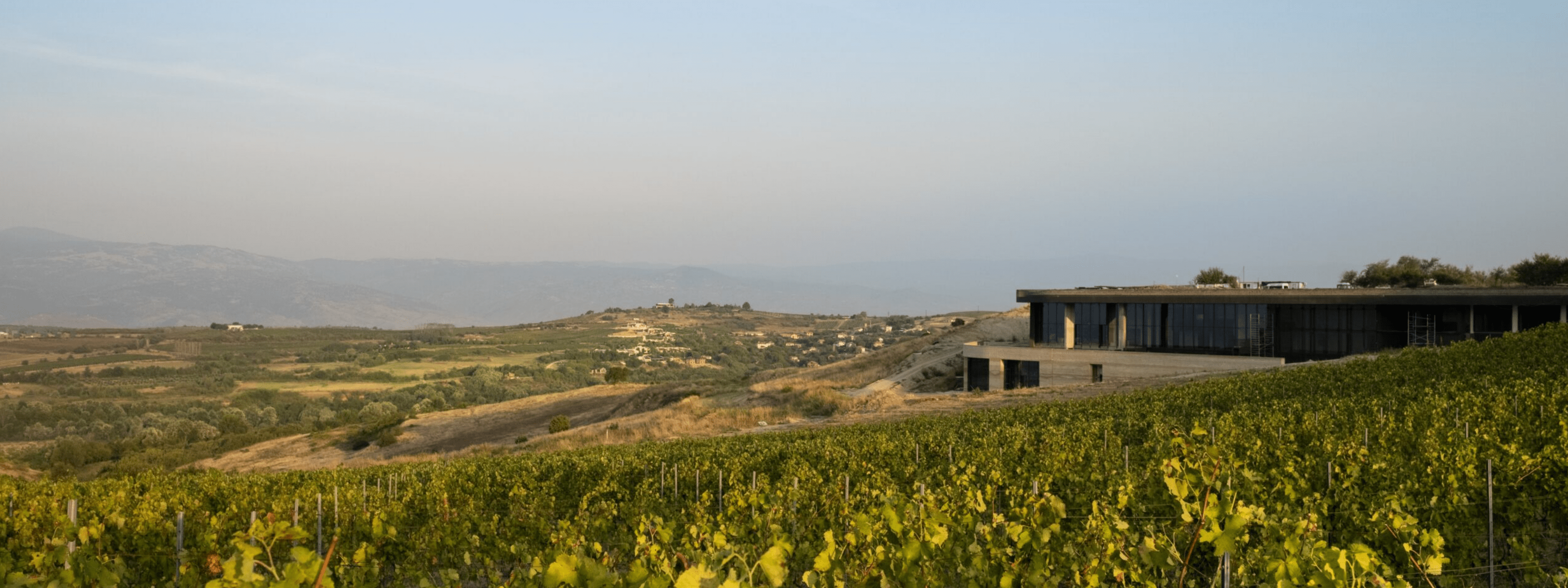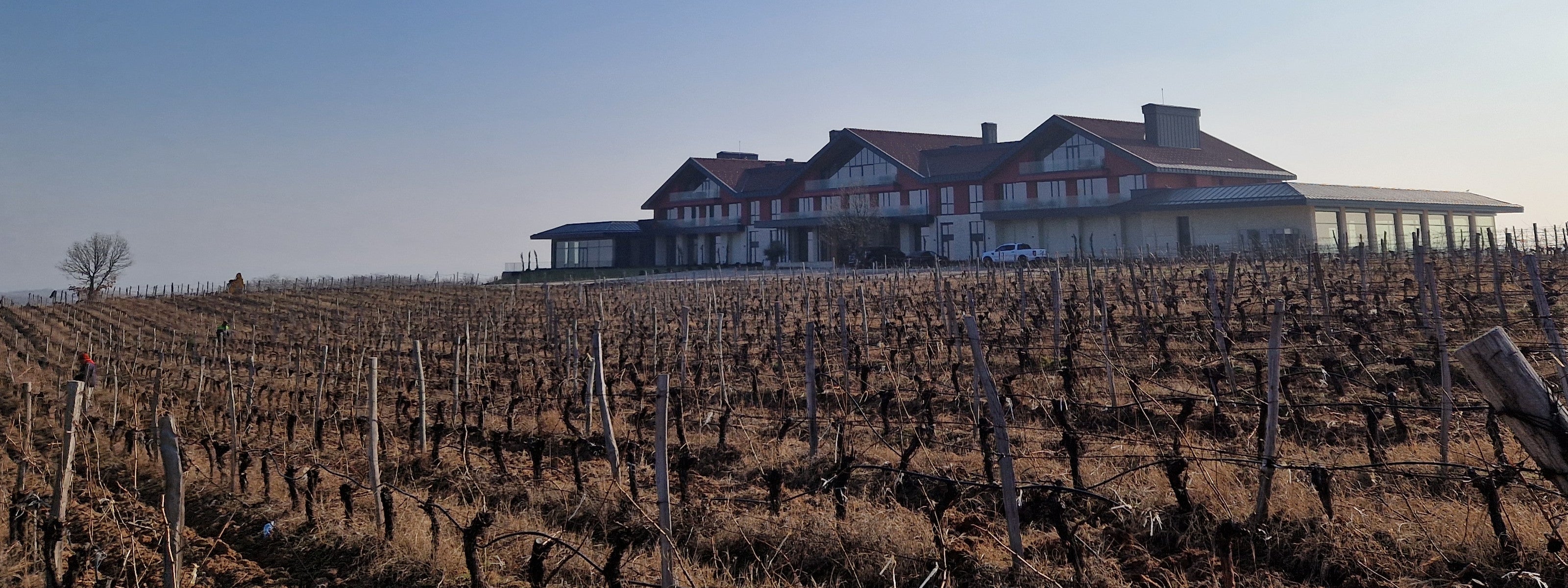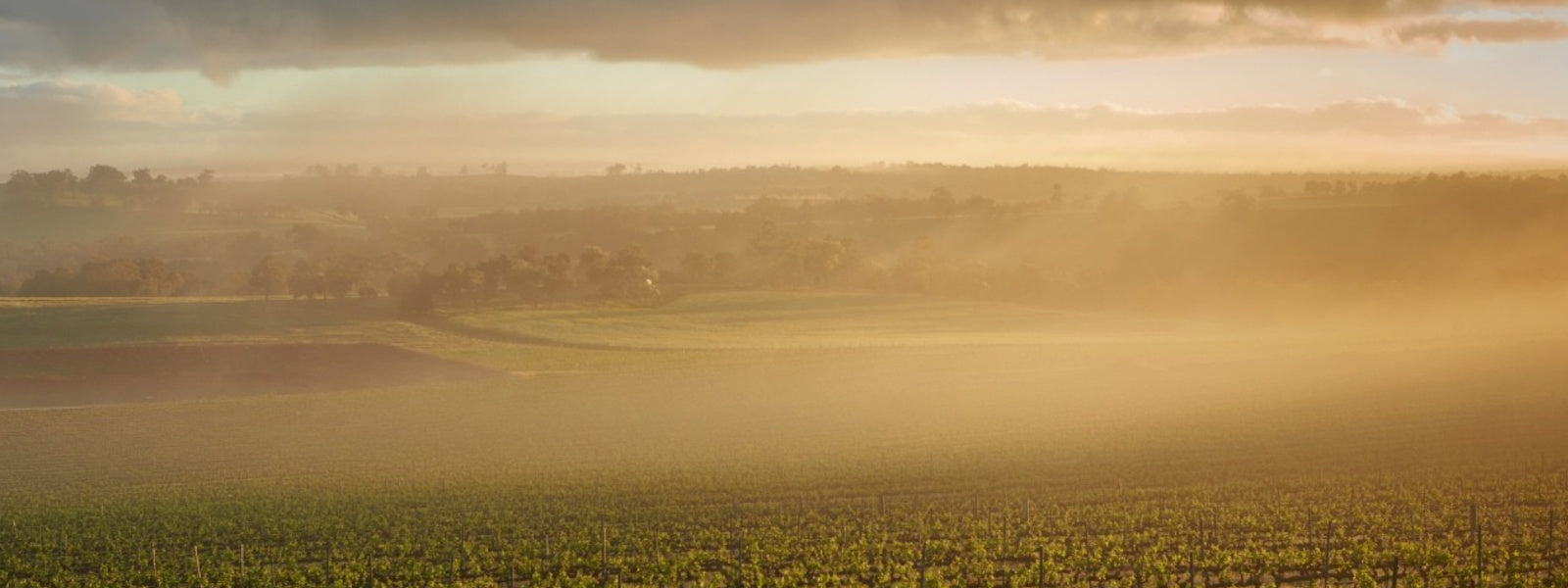
Your Guide to Hungarian Wines Beyond Furmint - This Month's Novel Wines Explorer's Club
Welcome to this month's Novel Wines Explorer's Club, the UK's most exciting wine subscription for the curious drinker. Each month, we will introduce you to a new wine region as part of our promise to deliver no two wines the same for a whole year. Not a member yet? Subscribe here.
Looking for an older guide? See all the Explorer's Club guides here.
What's in this month's Explorer's Club?
As you well know, we here at Novel do love our Hungarian wines. There is no finer sweet wine that the luscious Aszu wines from Tokaj, and the dry expressions are pretty spectacular too. The main grape here is the amazing Furmint, but this month we want to explore Hungary beyond Furmint. We jump from the indigenous varieties you may not have heard of, to some with maybe more familiar synonyms, and a seriously exciting Cab Franc for good measure too!
Here is what we have in this month’s case.

Furmint has been the undoubted star of Hungarian winemaking and rightly deserves its place as one of the world’s finest grapes – especially when we talk about sweet wines. But, like any wine producing country, there is much more to discover when we dig a little deeper. It’s time to jump in and discover some more of our favourite hidden gems.
Like always, our team are very happy to answer any questions you have on these wines (and about wine in general!), but also do check out the info below and enjoy your case!
Starting in Tokaj we want to highlight the regions second most planted variety, Harslevelu. Most commonly seen as Furmints blending partner in most dry Tokaji (and of course in the sweet stuff!), it’s reputation as a single varietal wine has steadily been growing – and for good reason.
Erika Racz from SanzonTokaj is a huge believer in Harslevelu, her 50-year-old vines are perfect for making this fruity, floral, and honeyed wine. It’s a grape that can show just as much complexity and quality as Furmint when given the right care. Clonal selection, site selection, and vine age are all crucial to get the best from it. In the winery you need gentle pressing so not to extract too much phenolics from its thick skins, and it can benefit from a little micro-oxygenation that oak fermentation provides.
The wine is fully organic and aged for six months on lees. The resulting wine is deep and complex with a lean acidity, floral and sweet clementine aromas, and a textured palate of peaches, honey, orange zest, ginger spice and citrus. A lovely wine to pair with Vietnamese cuisine.
Fekete Pince is located on the southern slopes of Somlo in West Hungary, not far from the glorious Lake Balaton. It is also a defunct volcano, so the soils here help to give an intense minerality and acidity to the wines.
Olaszrizling is no relation of the Riesling you may know. This aromatic, herby, peachy grape variety finds its home not only in Hungary, but all across Europe including Austria (as Welschriesling) and Croatia (as Grasevina). This wine is produced under a different label of the winery, the ‘fkt Series’, which celebrates the experiments and dreams of the family with small batch releases. There is only 1,900 bottles of this juicy white wine and it's bursting with peach, sweet citrus, and herbs. Carefully hand-picked later, at the end of November, the wine is naturally fermented in 1000L Hungarian oak barrels before short maturation in barrel and tank. It's velvety, full and with a substantial finish that reflects its mineral, volcanic terroir.
Juhfark is a Hungarian white wine grape usually known for its use in blends with other native varieties, often resulting in off-dry white wines. The name "Juhfark," translates to "sheep's tail," referring to the distinctive elongated grape clusters. This variety is almost exclusively cultivated within Hungary, with less than 200 hectares dedicated to its growth. In its youth, Somló wines crafted from Juhfark exhibit vibrant citrus notes, hints of grapefruit, herbal undertones, and bold flavours.
Carefully picked from grapes growing on the slopes of Somló Hill, this limited release of 6,000 bottles of Juhfark is the region's iconic wine. The grapes are gently pressed and fermented and matured in 1000L Hungarian oak. Further ageing is followed in tank. The result is a golden coloured wine with long legs and aromas of ripe peach, quince, and mango. On the palate it's fragrant with quince and pear, has a saline and long texture, and a warming finish.
If you're looking for a white wine to pair with lamb, then look no further!
We jump back over to Tokaj to take a look at one of the (much) lesser know grapes permitted here. Kabar is a fairly new addition to the Tokaj repertoire having only been permitted since 2006. It’s natural high sugars and susceptibility to botrytis make it ideal from Aszu wines, but the very few examples if being vinified in a dry style are producing some very exciting results.
Holdvölgy is a modern winery in the village of Mad in Tokaj. Their 28 hectares of vines is specially dedicated to small production and limited release wines having started with just the 1 back in 2021 – which was actually gifted as a birthday present, not bad!
Kabar is a low yielding grape with thick skins and, very usefully, high acidity. On the nose there are aromas of pear, mandarin, peach and cardamom, white-fleshed grapefruit, as well as vanilla. An elegant wine that unfolds with dynamic flavours and delicate spices.
Szentesi have a knack of getting the best out of some of Hungary’s lesser known, and nearly extinct grapes. Vörösdinka, Feketefáju Bajor, Kék Bajor, Purcsin, Tihanyi Kék, and Laska to name but a few, and one we found very interesting was Tarcali Kek.
During the Austro-Hungarian empire Tarcali Kek was noted amongst the first-class grapes of the region, but like many indigenous Hungarian grapes Phylloxeria pushed it to the point of extinction.
It was the wineries namesake Jozsef Szentesi who started to make his own wine in 1998. His wines are from his 16 hectare estate on the slopes of Lake Velencei in the region of Etyek-Buda, near the Budapest capital, and his main focus is on reviving rare grape varieties indigenous to Hungary. His wines are terroir-focused and driven by fruit, often released in very limited quantities.
It has a mix of spicy, earthy notes with ripe cherries. The tannins are soft and elegant with soft pink peppercorn spice and a light touch of smoky oak character from ageing in Hungarian barrel.
Completing our line up is another gem from Sabar! And a slightly more familiar name here in Cabernet Franc which has really found a home here in Hungary. This pristine, and youthful red is from very select parcel plantings of Cab Franc giving wonderful blackberry aromas with hints of leather and spice with a touch of vanilla.
Badacsony is a tiny, traditional region on the northern shore of the southern end of Lake Balaton, central Europe's largest lake. It shares its name with both the mountain which dominates the area and a village of around 1000 inhabitants. Founder Gabor Adam says: "I found peace of mind here in Sabar hill, I've always wanted in my heart. I would like to give this feeling to those who come here and sit with us under the old walnut tree." A truly magical place for truly magical wines.




